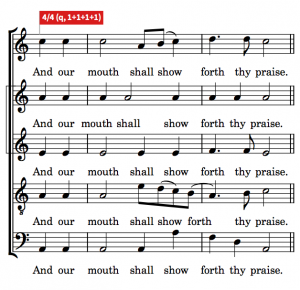

Automatic vertical snapping of beams to valid sit, straddle or hang positions relative to staff lines, including optionally also snapping to similar positions outside the staff.Automatic determination of stem direction for beamed groups, and for whether beams should be horizontal or slope up or down.View options to show bar numbers on every bar in page view and galley view to aid navigation.When a bar is split across a system or frame break, the continuation bar number is shown at the start of the new system in square brackets ‡.Change bar numbers at any bar, including changing the way bars are numbered (e.g.Optionally additionally show bar numbers below the bottom staff of the system.Optionally vertically align bar numbers across the width of the system.Choice of square or circular enclosure for bar numbers.Control the frequency and appearance for each layout independently ‡.Display bar numbers at the start of every system, every n bars, or everyīar (either centered in the bar or centered over the barline).Optical adjustment of brace shape based on distance between braced staves, for superior appearance ‡ Bar numbers.Automatic instrument bracketing and bracing, according to four different conventions (none, small ensemble, orchestral, wind/brass band).Comprehensive options for the design and spacing of barlines.Choice of thin-thick-thin or thick-thick designs for coincident end and start repeat barlines.Normal, double, final, start/end repeat, dashed, short and tick barlines, including automatic final barline at end of flow and automatic double barline at changes of key.
#Dorico multi bar rests free
Insert and delete barlines at any rhythmic position, giving unprecedented freedom to create music in free or irregular meter.


Automatic cautionary or courtesy accidentals (including between voices, between piano staves etc.).Changes made to the music in one layout are automatically reflected in any others in which that music appears, while allowing complete independence in terms of page and system appearance between every layout. Naturally, Dorico allows you to originate both the conductor’s score and parts for individual players from the flows of music in your project as individual layouts.


 0 kommentar(er)
0 kommentar(er)
